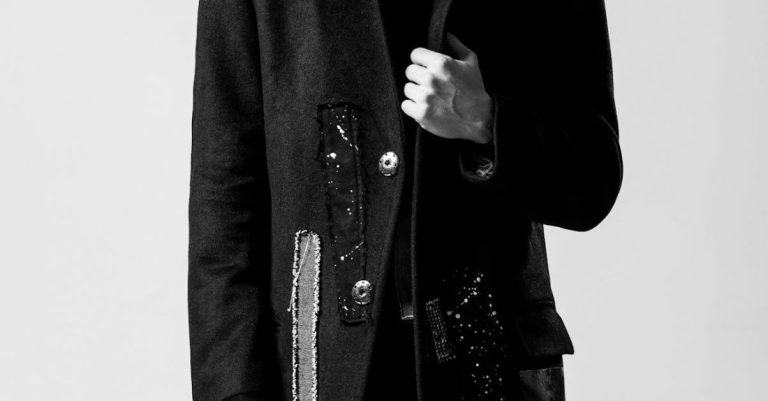
When it comes to fashion, vintage clothing has a timeless appeal that continues to captivate individuals looking for unique pieces with character. Authentic vintage clothing holds a special place in the hearts of fashion enthusiasts, as it tells a story of the past and offers a glimpse into a different era. However, with the rise of fast fashion and the prevalence of vintage-inspired pieces, it can be challenging to distinguish between genuine vintage items and modern reproductions. To help you navigate the world of vintage fashion, here are some key tips on how to identify authentic vintage clothing.
Understand the Definition of Vintage
Before delving into the world of vintage clothing, it is essential to understand what constitutes a vintage piece. Generally, clothing that is at least 20 years old can be considered vintage. Pieces from the 1920s to the 1980s are often sought after by collectors and enthusiasts for their unique designs and craftsmanship. By familiarizing yourself with the eras of fashion and the key characteristics of each period, you can better identify authentic vintage pieces when shopping.
Examine the Fabric and Materials
One of the telltale signs of authentic vintage clothing is the quality of the fabric and materials used. Vintage garments are often made from natural fibers such as silk, wool, cotton, and linen, which tend to age gracefully and develop a distinct patina over time. When examining a piece of clothing, pay attention to the feel and texture of the fabric. Vintage fabrics may have a softer, more luxurious feel compared to modern synthetic materials. Additionally, look for unique details such as hand-stitching, delicate lacework, and intricate embroidery, which are characteristic of vintage craftsmanship.
Check the Labels and Tags
Labels and tags can provide valuable clues when trying to determine the authenticity of a vintage piece. Look for labels that indicate the brand, country of origin, and fabric content. Vintage labels are often sewn into the garment with care and may feature intricate logos or typography that reflect the design aesthetics of the era. Keep in mind that some vintage pieces may have faded or worn labels due to age, so it is essential to consider the overall condition of the garment when assessing its authenticity.
Inspect the Construction and Details
The construction of a garment can reveal a lot about its authenticity and quality. Vintage clothing is known for its attention to detail and craftsmanship, with features such as hand-finished seams, bound buttonholes, and French seams that are indicative of a well-made piece. Examine the stitching, seams, and closures to see if they are consistent with the techniques used during the era the garment was made. Vintage pieces often have unique design elements such as puffed sleeves, peplum waists, and Peter Pan collars that reflect the fashion trends of the time.
Consider the Style and Silhouette
Another key aspect to look for when identifying authentic vintage clothing is the style and silhouette of the garment. Each era had its distinct fashion trends and silhouettes, from the flapper dresses of the 1920s to the mod miniskirts of the 1960s. Pay attention to the cut, shape, and proportions of the garment to see if they align with the styles popular during that period. Vintage clothing often features timeless designs that continue to inspire contemporary fashion, making it a coveted addition to any wardrobe.
Evaluate the Condition and Wear
The condition of a vintage piece can also provide clues about its authenticity and age. While some signs of wear and patina are to be expected with vintage clothing, excessive damage, stains, or alterations may indicate that the garment is not as authentic as it appears. Look for signs of wear such as fading, fraying, and discoloration that are consistent with the age of the garment. Vintage clothing that has been well-maintained and cared for will often have a more pristine appearance, preserving its beauty and charm for years to come.
Conclusion: Mastering the Art of Identifying Authentic Vintage Clothing
In conclusion, authentic vintage clothing offers a unique opportunity to connect with the past and express your individual style through timeless pieces with character and history. By understanding the defining characteristics of vintage clothing, such as the quality of the fabric, construction details, labels, style, and condition, you can confidently identify and appreciate genuine vintage treasures. Whether you are a seasoned vintage enthusiast or a newcomer to the world of vintage fashion, mastering the art of identifying authentic vintage clothing will enable you to curate a wardrobe that reflects your personal taste and appreciation for the artistry of bygone eras. Happy hunting for your next vintage treasure!





